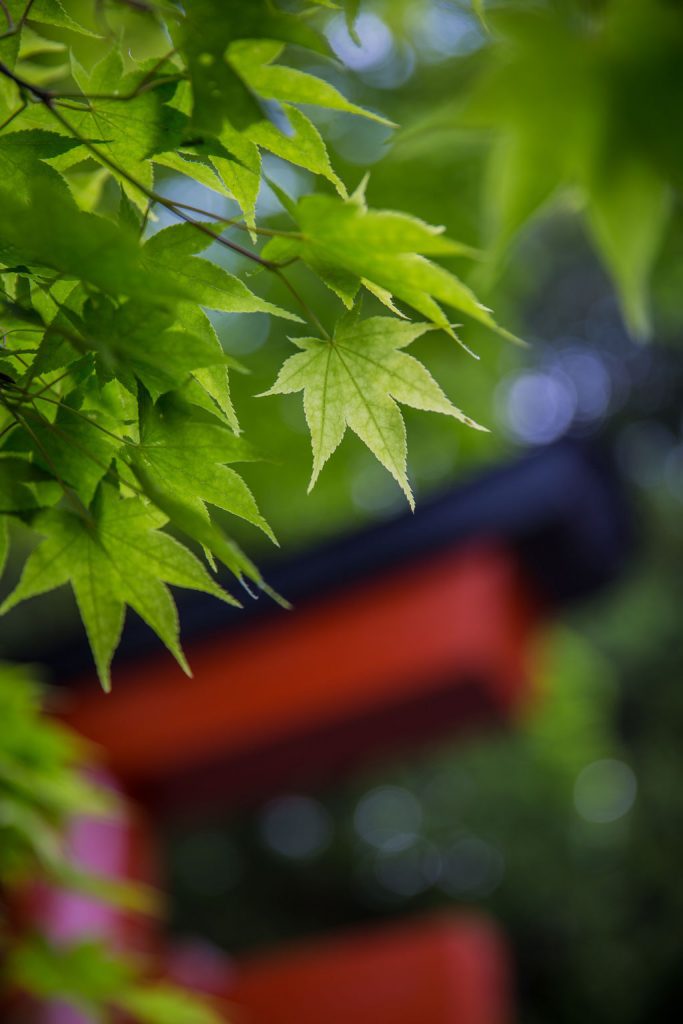You may have received a digital camera as a gift or bought a new mobile phone with enhanced photographic features. But you don’t know quite what to expect with these fancy options. Natalie Green, Nathan Harmon and Josh New, contributing photographers to Oklahoma Magazine, discuss today’s photography culture and offer tips on taking the best photos with whatever device you use.

Basic Rules and Skills
Natalie Green: Composition and focus are two important factors in all photography – proper cropping (look at all four corners of your image before hitting the shutter), point of view (look at the same subject at different angles) and using the “rule of thirds,” which offsets the subject matter.
Josh New: I’m always telling people to find your light source and have the subject face it. One of the biggest mistakes rookies make is putting the light behind the subject. Also be aware of the negative space; so many people put the subject’s face in the center of the frame and that leaves a ton of room above their head.
Nathan Harmon: First, go into your camera preferences and turn on the grid setting. This will help in leveling and framing your images. Second, learn how to adjust your exposure on your phone. Generally, this can be done by selecting your subject and holding your finger on the screen and sliding your finger up or down.
Amatuer Mobile-Phone Photography
NG: I am thrilled to see so many people taking an interest in photography, even if it is with a cellphone. I recently taught a “cellphoneography” class and was excited to see so many people of all ages attend.

JN: iPhones are amazing cameras and I pretty much exclusively use mine to document my life. As awesome as they are for selfies and pictures of your fancy dinner, iPhones can’t control and manipulate light the way a professional camera (and photographer) can. So I always encourage everyone to experiment and be creative … but there are some demands that only a photographer with the right gear can accomplish.
NH: I’m not sure if I would label anyone as an “amateur photographer,” moreso a person with their phone documenting their lives. We are in a visual society and it’s becoming more prevalent every day. I don’t think iPhones are the death of true photography. I think it has changed the way we communicate. We can jump on Instagram and see what someone with a similar interest is seeing or looking at instantly.
Printed Photographs
NG: I preach that a digital image is not a photograph until it is printed. What good are thousands of images on your phone that are not printed for family documentation from generation to generation? In printing your images from your phone, the most important aspect is to send the image as the actual size. Many cellphone users do not realize how important this is to the integrity of the image for printing.
NH: When you have a great photo that has a good memory attached to it, I suggest printing it. Don’t think about it – just do it. Frame it or put it on your refrigerator. Make those vacation photos last longer than just the week you posted them on Facebook.

Photo by Josh New
Shooting Outdoors
NG: The best time to photograph outdoors is before 10 a.m. and after 2 p.m. The light between these hours is very harsh – overhead sunlight which can create deep eye-socket shadows if you’re doing a portrait. Dawn and dusk – pre-light and twilight – produce soft light.
JN: A good rule of thumb is to hold out your hand and look at the shadow. If you can clearly see your shadow and the outline is sharp, it’s a bad time to shoot. If you can’t see it at all, you’ll get some great shots.
Taking the Plunge

NG: DSLR (digital single-lens reflex) cameras come in many models and vary in price. A portrait photographer does not need the FPS (frames per second) of a sports photographer. Budget is also important in purchasing a camera.
A full-frame camera can cost thousands of dollars but is made of more metal than plastic, so it should hold up better for daily use. An APS-C (advanced photo system type C) camera is more affordable, but less durable.

JN: I was told that you don’t buy a camera – you buy a brand. All the accessories that go along with the camera only work on that brand, like Canon, Nikon or Sony. Once you drop $500 on a lens, you’re kind of stuck with that camera family. Lenses are often much more expensive than the actual cameras, but the good news is that once you outgrow a camera, the lenses stay with you.

NH: First, I would ask: “Do you need a professional camera? Do you make a living as a photographer? Or are you photo enthusiast?” I’m a Nikon guy and always have been; they have always created a quality professional product. I would suggest the purchaser of professional camera equipment look at the cost and the quality of glass in the lenses.






















